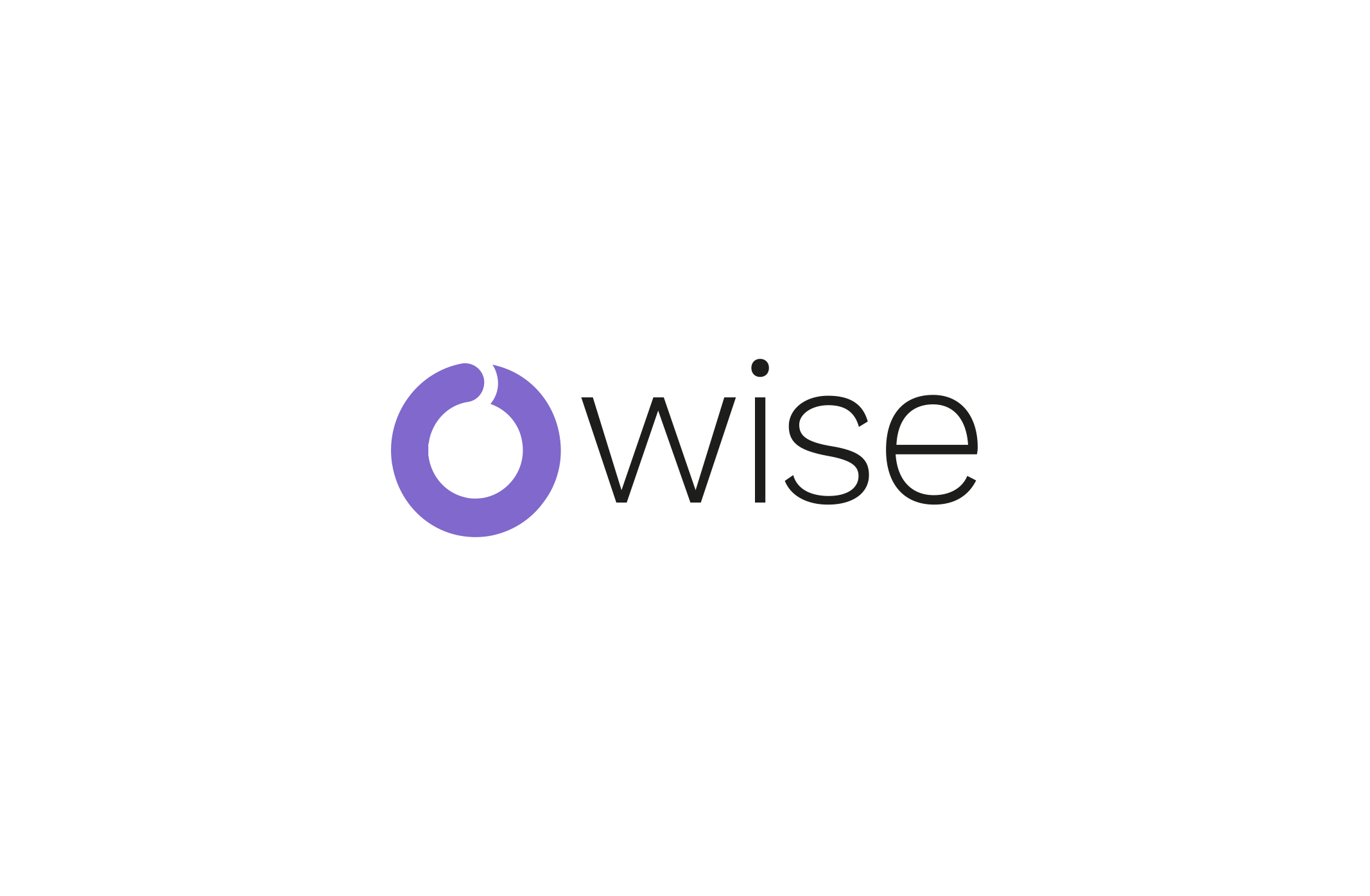
The current pandemic has put enormous pressures on cancer care, with many routine procedures completely modified. In the UK, hospital appointments have been replaced by telephone or video consultations; surgeries have been moved to “COVID-19-free” hospitals; oral therapies have been prioritised; and imaging services, clinical trials, surgical procedures and other supportive services have been delayed or cancelled, creating a large back log1,2,3. For patients, in turn, this has led to a rise in mental health issues such as anxiety, depression, fear for survival, distress and insomnia among cancer patients undergoing treatment and follow-up1,2,3.
Although e-health (digital health or telehealth) solutions are not thought to be the panacea for these problems, their role in the management of cancer care is becoming more vital than ever. Actually, the American Medical Association has encouraged the use of telemedicine and technology, which are considered crucial ways to deliver care and to keep healthcare workers, patients, and vulnerable populations safe4.
Patient Reported Outcomes (PROs) are recognised to play a key role in delivering patient-centred cancer care5,6. PROs include not only treatment related side effects and toxicities, but also physical symptoms and emotional functioning. The active monitoring of patients by clinicians is fundamental to allow the prompt management of symptoms. Consequently, this may lead to optimising patients’ quality of life (QoL)7 while reducing the number of required hospital visits during the current pandemic8,9.
“Technology is playing a growing role in the delivery of cancer care in the current healthcare emergency and many see digital communication methods as a permanent part of the care they provide. Remote monitoring will be essential to caring for patients in a holistic way.” Marandino et al. 2020
Electronic PRO s (ePROs) have repeatedly proven their effectiveness 10,11 as important tools in capturing a patient’s well-being and their response to treatment over time. Interestingly, ePROs have also demonstrated longer overall survival in cancer patients after integrating PRO s within electronic health records (EHRs)12,13. Their integration into Electronic Health Records (EHR) is a key benefit, particularly where hospital access for patients is reduced as it enables clinicians to review PRO s in real-time10. Therefore, these technologies do not only help to bridge the gap in patient-clinician communication but they can drive more optimal, personalised and timely cancer care.
“Digital technologies like OWise offer real potential to improve a cancer patient’s experience. Being able to see a timeline that chart’s a patient’s symptoms from their own perspective, directly within our electronic clinical records is fantastic. It definitely improves our ability to understand how cancer and its treatment are affecting a patient.” Consultant Medical Oncologist, NHS Lothian (Scotland).
Moreover, other advantages include a reduction in emergency room hospitalisations and more efficient screening of patients who need further phone assistance or medical intervention. Also, the increase in patient satisfaction with the healthcare services and positive psychological impact on patients, may be especially important during COVID-199.

OWise, the accredited and free mobile app and website developed to support breast cancer patients, has already demonstrated to improve the patient-clinician communication14. It allows patients to record over 30 different side-effects and symptoms and has been successfully integrated into the EHR of NHS Lothian (Scotland).
This integration allows the whole care team to review their patients’ wellbeing in real-time, at any time, and includes an alert system that nudges patients to take action when side-effects or symptoms exacerbate. Patients have reported real positive psychological impact, as this OWise user shared:
“OWise enables me to record precisely my experiences. That way I can have a meaningful conversation with the oncologist.” OWise user (53 years)
Not having access to cancer outcome data and healthcare technology can put some clinicians and their patients at a disadvantage. However, easily accessible technologies, like OWise, can connect patients and clinicians across distances, helping them deliver optimal outcomes during times of COVID-19 and beyond.
If you would like to learn more about PRO or our work please contact us!
References
[1] Cancer Health: Survey: Cancer Patients Increasingly Face COVID-19 Health Impact. June 1, 2020. https://www.cancerhealth.com/article/survey-cancer-patients-increasingly-face-covid19-health-impact
[2] Juanjuan L, Santa-Maria C, Hongfang, F, et al: Patient-reported outcomes of breast cancer patients during the COVID-19 outbreak in the epicenter of China: A cross-sectional survey study. Clinical Breast Cancer 10:10-16, 2020
[3] Breast Cancer Now: Thousands Of Women With Secondary Breast Cancer ‘Fearing For Survival’ Amid Delays To Treatment, Scans And Access To Trials. May 20, 2020. https://breastcancernow.org/about-us/news-personal-stories/thousands-women-secondary-breast-cancer-‘fearing-survival’-amid-delays-treatment-scans-access-trials
[4] American Medical Association: AMA quick guide to telemedicine in practice. https://www.ama-assn.org/practice-management/digital/ama-quick-guide-telemedicine-practice
[5] Mooney, K, Berry Donna, Whisenant, M et al: Improving Cancer Care Through the Patient Experience: How to Use Patient-Reported Outcomes in Clinical Practice. American Society of Clinical Oncology Educational Book 37: 695-704, 2018
[6] Fallowfield, LJ. Quality of life assessment using patient-reported outcomes (PRO) measures: still a Cinderella outcome?. Annals of Oncology 29: 2286-2287, 2018
[7] Baratelli C, Turco CGC, Lacidogna G, et al: The role of patient-reported outcomes in outpatients receiving active anti-cancer treatment: Impact on patients’ quality of life. Support Care Cancer 27:4697-4704, 2019
[8] Penedo FJ, Oswald LB, Joshua PK, et al. The increasing value of eHealth in the delivery of patient-centred cancer care. The Lancet Oncology 21:5, 2020
[9] Marandino L, Necchi A, Aglietta M, et al. COVID-19 Emergency and the Need to Speed Up the Adoption of Electronic Patient-Reported Outcomes in Cancer Clinical Practice. JCO Oncology Practice 16: 295-298, 2020
[10] Yang LY, Manhas DS, Howard AF, et al: Patient-reported outcome use in oncology: A systematic review of the impact on patient-clinician communication. Support Care Cancer 26:41-60, 2018
[11] Di Maio M, Basch E, Bryce J, et al: Patient-reported outcomes in the evaluation of toxicity of anticancer treatments. Nat Rev Clin Oncol 13:319-325, 2016
[12] Basch E, Deal AM, Kris MG, et al. Symptom monitoring with patient-reported outcomes during routine cancer treatment: a randomized controlled trial. J Clin Oncol 34: 557–65, 2016
[13] Basch E, Deal AM, Dueck AC, et al. Overall survival results of a trial assessing patient-reported outcomes for symptom monitoring during routine cancer treatment. JAMA 318: 197–98, 2017
[14] Young-Afat D, van Gils C, Bruinvels D, et al. Patients’ and Health Care Providers’ Opinions on a Supportive Health App During Breast Cancer Treatment: A Qualitative Evaluation. JMIR Cancer 2(1):e8, 2016
